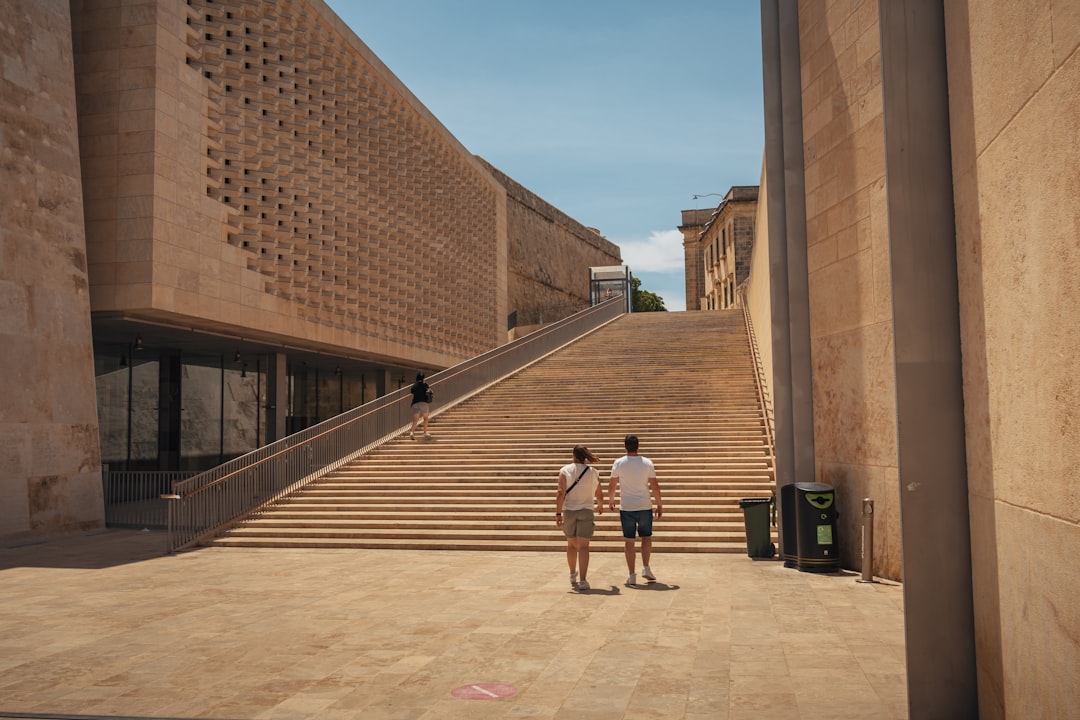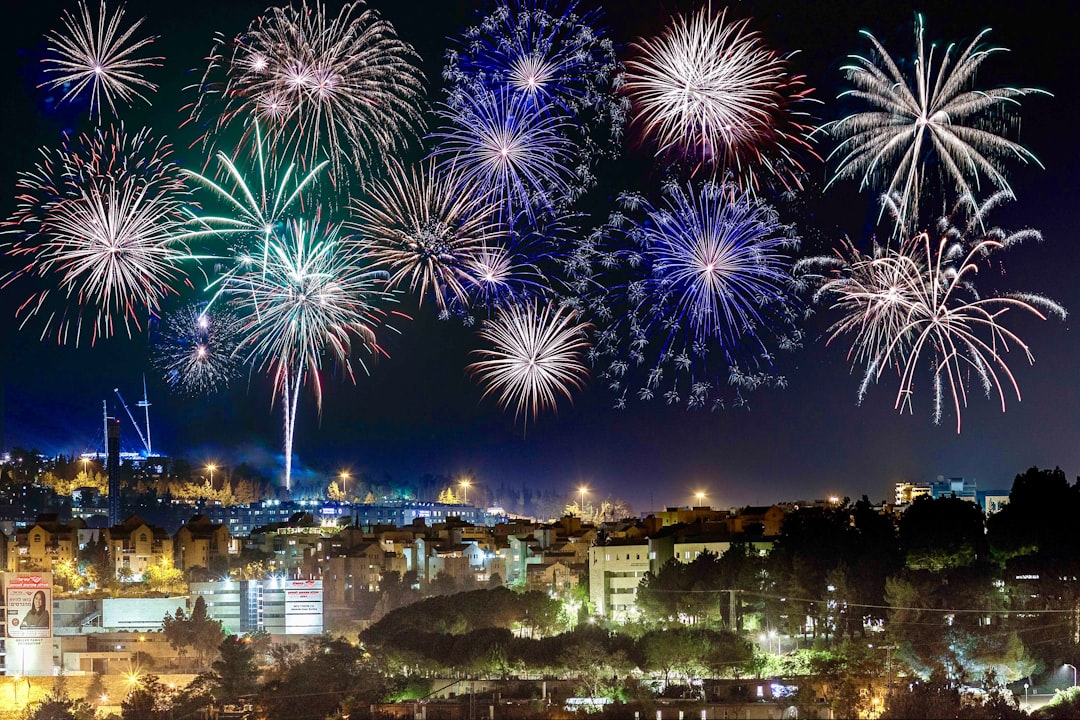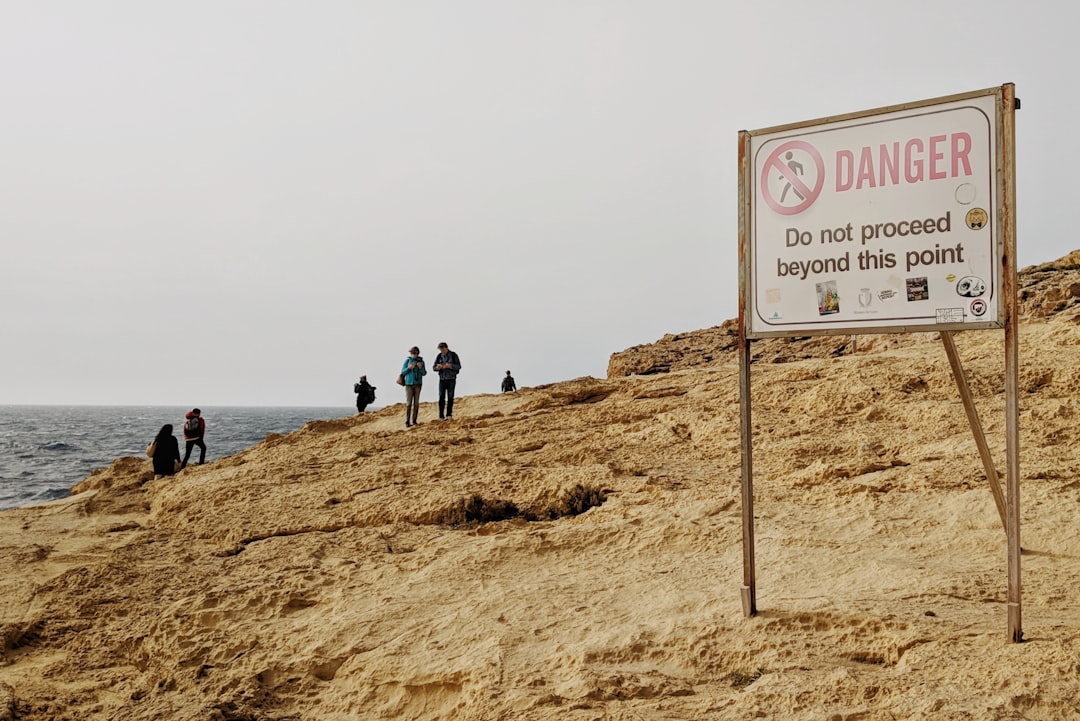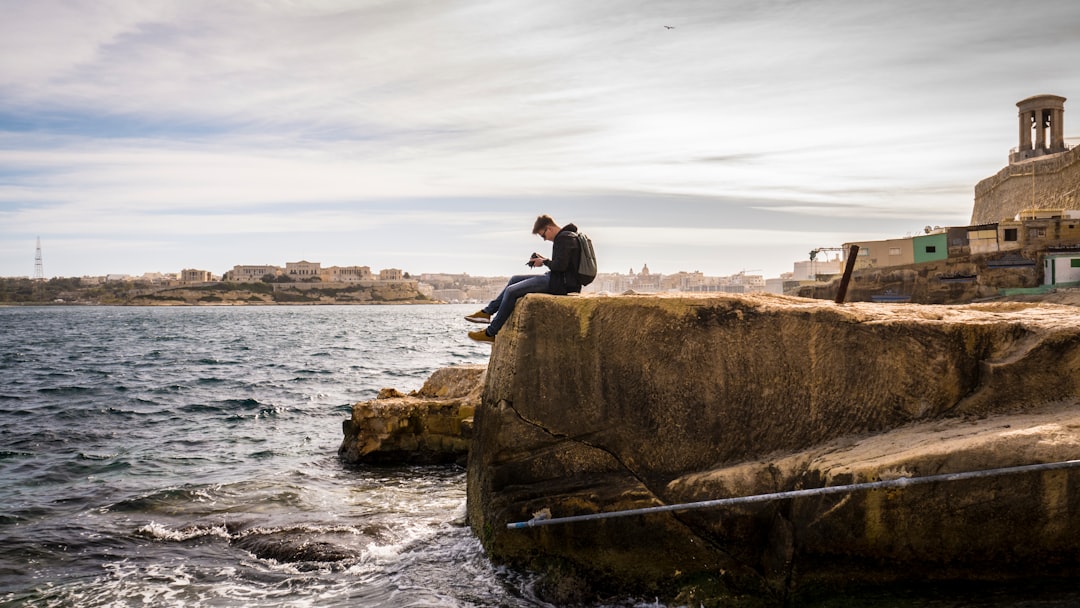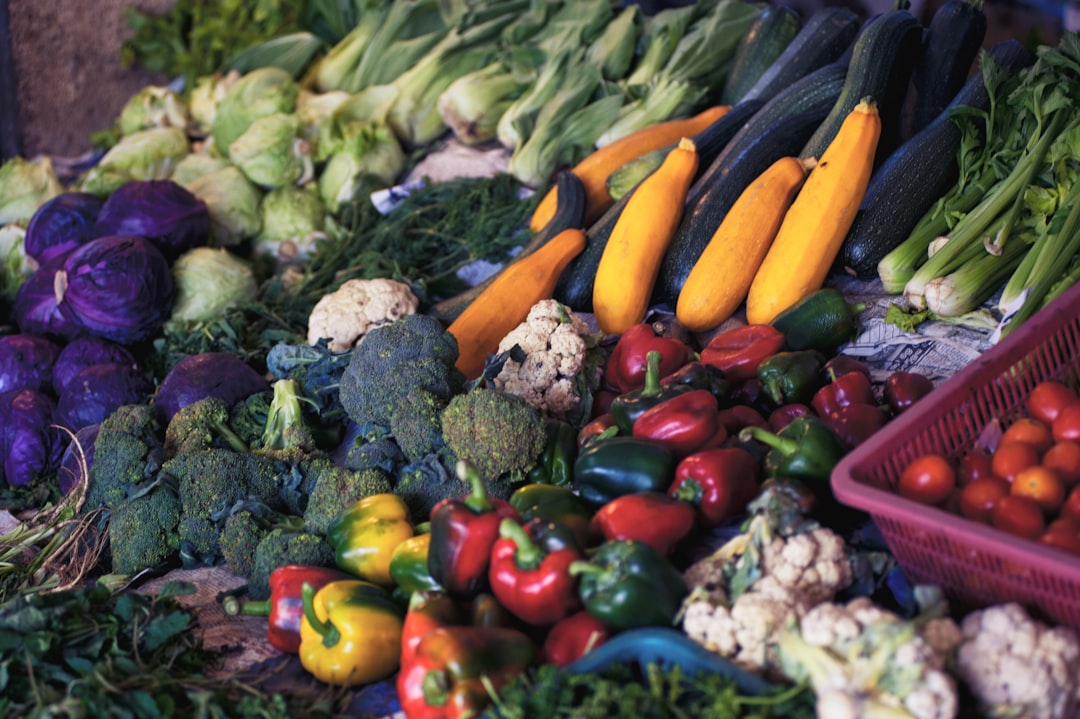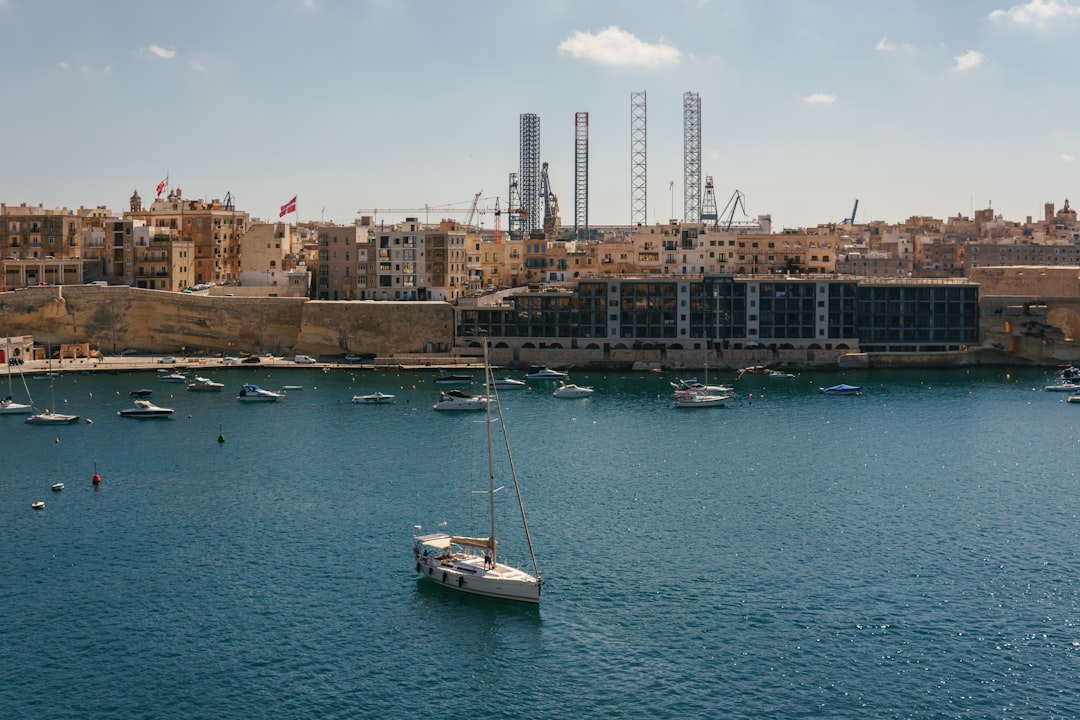Malta, a jewel in the Mediterranean, is known for its rich history, stunning landscapes, and vibrant festivals. The island nation is not just a destination for sun-seekers; it also offers a deep dive into its culture through various traditional festivities. In this article, we will explore Malta’s most unique and captivating festivals, showcasing the colorful customs, lively traditions, and the joyous spirit of the Maltese people. Prepare to embark on a journey through the heart of Malta, where each festival reflects the unique essence of its culture and the warmth of its people.
The Carnival of Malta: A Spectacle of Color and Joy
One of the most celebrated festivals in Malta is the Carnival, held annually in February. This festive event is characterized by flamboyant parades, elaborate costumes, and lively music. Streets come alive with laughter and merriment as locals and tourists join in the celebrations. The origins of the Carnival date back to the medieval period, where it was a time for people to indulge in fun before the Lent season. The buildup to this extravagant celebration often includes local competitions and community gatherings, creating anticipation and excitement among residents.
During the Carnival, cities such as Valletta and Nadur host grand parades featuring intricately designed floats, dancers, and musicians performing lively tunes. The highlight of the event is undoubtedly the traditional Maltese dancing, where participants wear stunning costumes adorned with feathers and sequins, moving to the rhythm of local folk music. The CARNIVAL is not just an event; it’s an experience that encapsulates the true spirit of the Maltese people and their artistic expressions. It’s a must-see for anyone visiting Malta during this vibrant season! Revelers also enjoy tasting traditional carnival foods, such as pringi-pringi (deep-fried sweet dough) and kwarezimal (Lenten almond cakes), adding to the culinary delight of the festivities.
Throughout these events, it’s not uncommon to see spontaneous acts of merriment where individuals burst into song and dance on the streets, capturing the joyous essence of the Carnival. The celebrations often extend late into the night, ensuring that the vibrant energy permeates every aspect of the event.
The Feast of Saint Paul: A Deeply Rooted Tradition
Another prominent festival is the Feast of Saint Paul, celebrated in February in Valletta. This festival commemorates Saint Paul’s shipwreck on the Maltese islands, which is a pivotal event in Maltese history as documented in the Bible. The Feast encapsulates the intertwining of the island’s religious history with its cultural identity. Devotees engage in processions, prayers, and vibrant celebrations, making this festival significant for many locals. Those who attend can witness diverse traditions, from the solemnity of the masses to the exuberance of street celebrations.
The centerpiece of the Feast is a grand procession that features the statue of Saint Paul being paraded through the streets, accompanied by band music and fireworks. The bright lights and explosive sounds symbolize joy and reverence, attracting many tourists and locals alike, showcasing the spirit of unity and faith among the people of Malta. Tantalizing food stalls serving local delicacies can also be found lining the streets, enhancing the festive atmosphere.
As evening falls, the robust drums and brass instruments echo through the streets, guiding swarms of people who participate in the procession, further enhancing the communal spirit of the event.
The Summer Carnival: A Modern Twist on Tradition
While the Carnival in February is steeped in tradition, the Summer Carnival offers a modern twist, taking place in August. This festival showcases local artists and performers who create spontaneous, satirical performances that emphasize the fusion of modern and traditional cultures. It’s a breath of fresh air, bringing vibrancy and innovation to the age-old celebration. The Summer Carnival is an embodiment of modern Maltese culture, where artists, musicians, and performers come together to display their creativity.
The Summer Carnival features outdoor shows and street performances that attract both local and international audiences. Street performers, buskers, and pop-up food stalls create a bustling environment filled with excitement. It’s the perfect time to enjoy Malta’s artistic talents while soaking up the sun and festive atmosphere. Participants often engage in playful interactions, stirring a jovial spirit that entertains children and adults alike.
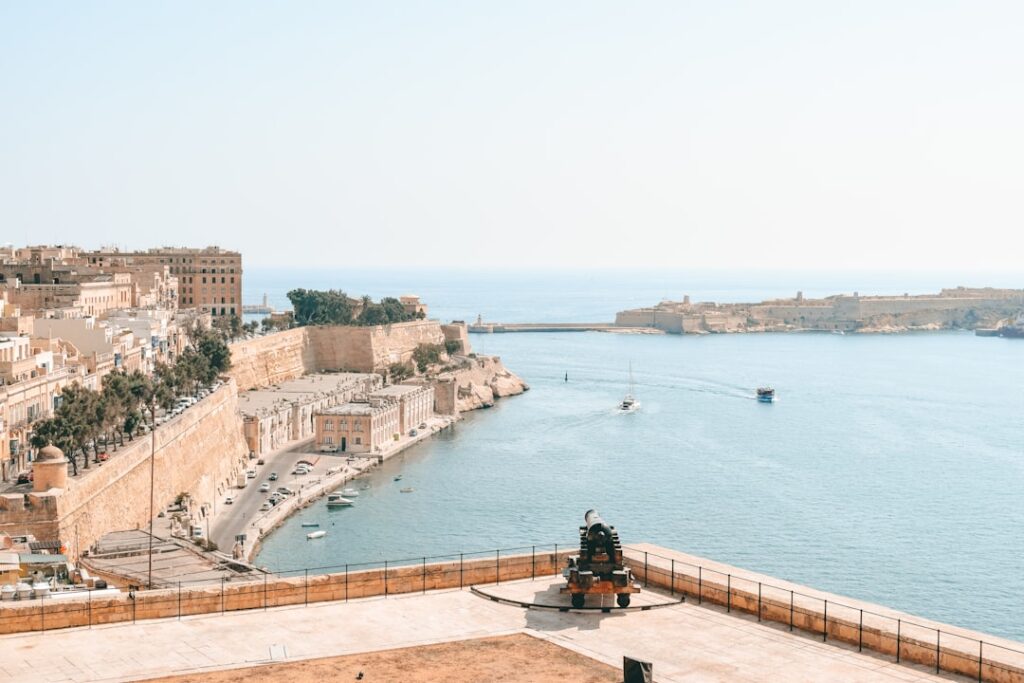
In the backdrop of the Summer Carnival, stunning Mediterranean sunsets create a picturesque setting, making it an unforgettable experience for all who attend.
The Feast of the Assumption: A Religious Celebration
On August 15, Malta celebrates one of its most important religious holidays—the Feast of the Assumption. This festival honors the Virgin Mary, and it’s recognized with grand processions led by local churches. The event features stunning fireworks displays, music, and food stalls, bringing communities together in a celebration of faith and culture. The surrounding air is filled with the scent of traditional dishes being prepared, filling the streets with mouthwatering aromas.
People from all over the islands gather to witness parades filled with beautiful floats and religious icons, showcasing the artistic craftsmanship of the Maltese people. The festivity culminates in evening processions accompanied by local bands, making it a truly mesmerizing experience. The connection to their faith through these celebrations emphasizes the cultural heritage of Malta.
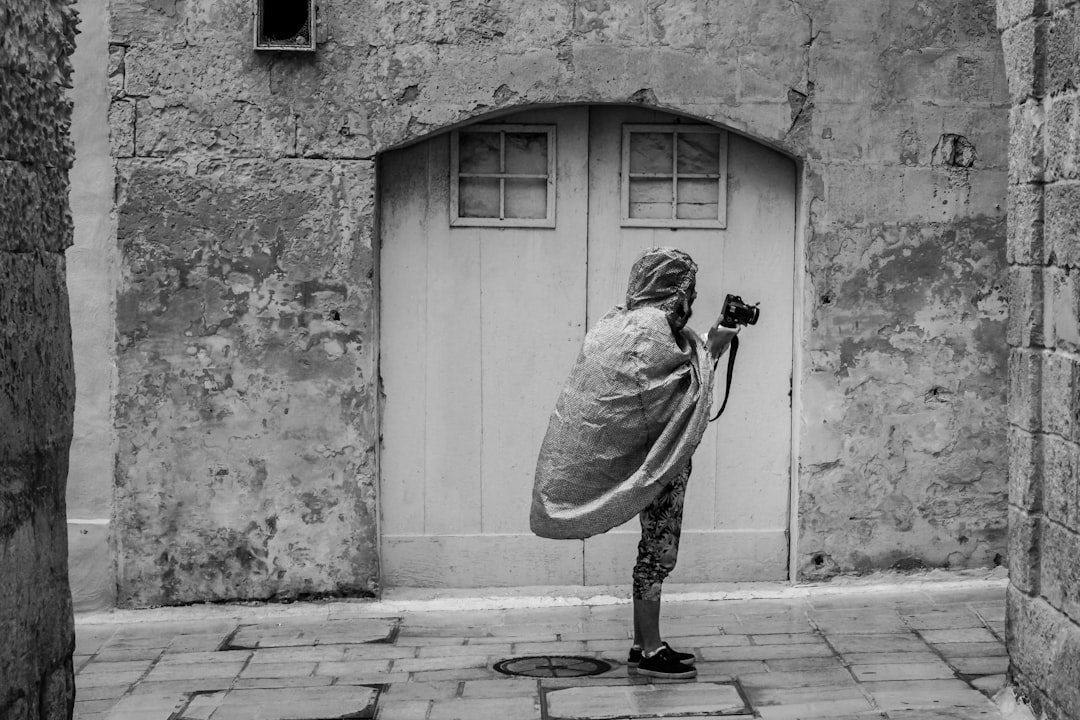
The Feast of the Assumption not only highlights the religious aspects but also fosters a strong sense of community among the Maltese people, uniting diverse groups in a common celebration of their faith.
The Notte Bianca: A Night of Arts and Culture
August in Malta is not just about religious festivals; it also celebrates culture through the Notte Bianca event held in Valletta. This event, typically held in October, transforms the city into a hub of art, music, and performance. Galleries, museums, and cultural institutions open their doors late into the night, offering free access to exhibitions and performances, allowing individuals from all walks of life to engage with the arts.
Visitors can enjoy theater performances, live concerts, and art installations scattered throughout the city, creating a magical atmosphere. Local eateries also join in by offering special meals, showcasing domestic delicacies that anyone can enjoy during the festival. This is an ideal opportunity to find unique souvenirs and creations from local artisans, further supporting Malta’s artistic community.
Conclusion: Immerse Yourself in Malta’s Culture
In conclusion, Malta offers a wide range of unique festivals that provide a perfect opportunity for travelers to immerse themselves in the local culture and traditions. From the colorful Carnival to the solemn yet festive Feast of the Assumption, these celebrations present a deeper understanding of what makes Malta special. Each festival has its own charm and signifies the rich history that the island holds.
Moreover, the cultural exchanges fostered during these festivals highlight the diversity and welcoming spirit of the Maltese people, making it a significant aspect of the Maltese experience. Visitors can look forward to trying flavors from different regions and engaging in playful dances that embody the spirit of Malta.
Plan your visit to Malta during festival season and witness the island bursting with life, joy, and creativity! Engage with the locals, eat the diverse cuisine, and partake in the vibrant festivities that Malta has to offer.
For more information regarding Malta’s well-loved traditions, feel free to check out our articles on Malta’s Cultural Festivals and Exploring Unique Festivals in Malta! These pieces offer insights into the island’s vibrant customs and celebrations, further enriching your understanding of Malta’s diverse heritage.


